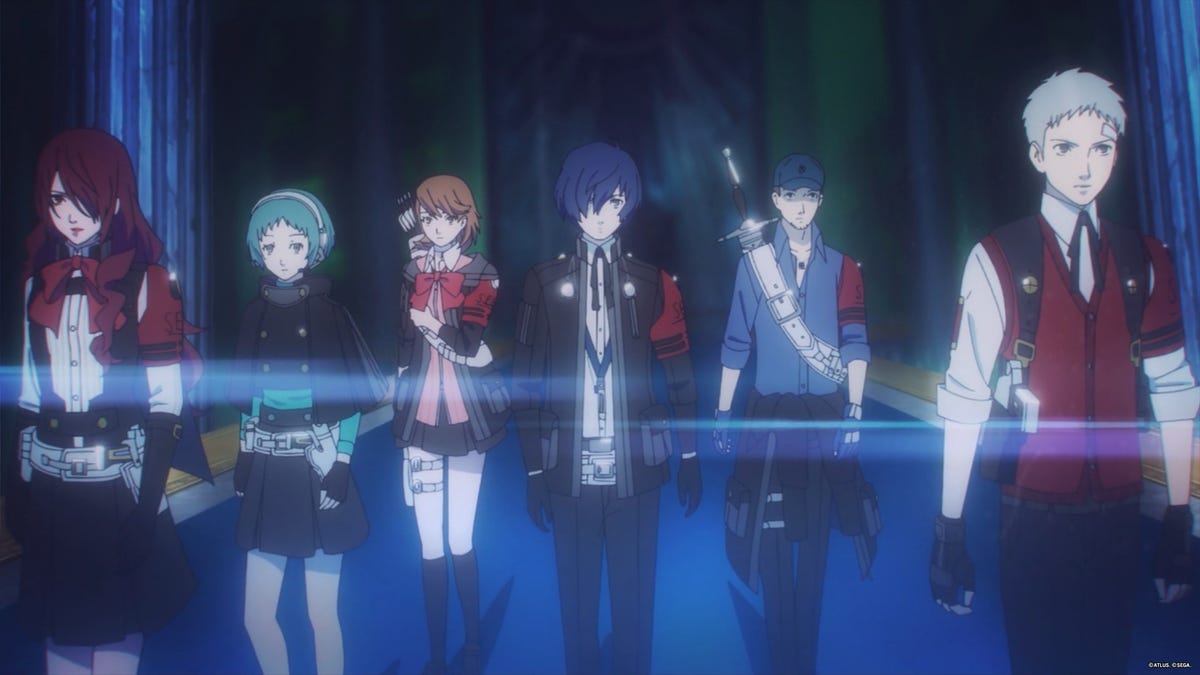
Persona 3’s cast, much like the game itself, is the best one. This is only solidified by Persona 3 Reload’s new side stories that flesh out some of the cast into the best versions of themselves. The third iteration of the Megami Tensei subseries pivots into a supernatural, social sim-driven dungeon crawler. Part of the game’s social elements is getting to know your teammates, and almost 20 years later, all of these characters are still standouts in the franchise. Oh and if you haven’t started the game yet, here are 26 things you should know.
Read More: Every Persona 3 Reload Classroom And Exam Answer
Buy Persona 3 Reload: Amazon | Best Buy | Target
They say you shouldn’t have “favorite” friends, but everyone who had a MySpace also had a Top 8, so there’s precedence for us to rank the members of the shadow-fighting group known as the Specialized Extracurricular Execution Squad (SEES). After playing through Reload’s retelling of Persona 3’s still-excellent story, I’m feeling pretty confident in the hierarchy of its party. So let’s grab our evokers and head into the depths of Tartarus.

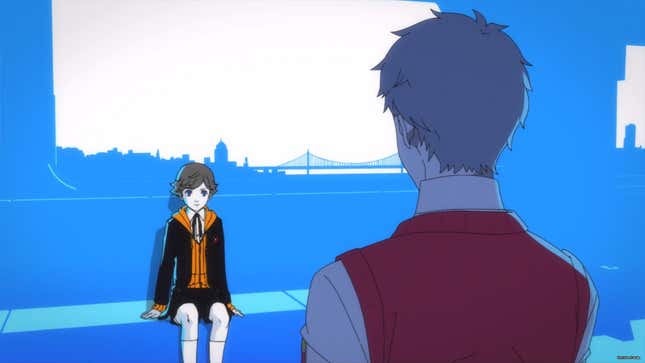
For some reason, developer Atlus thought it was okay to allow the player to initiate a romance with the youngest member of SEES in Persona 3 Portable’s female protagonist route— despite him being only 10 years old. That cloud hangs over the character to this day, even when playing versions of the game that don’t have him as a romance option.
But Ken is still an important part of Persona 3’s themes of death and grief, and his storyline of seeking revenge for his deceased mother is a poignant one. His new Persona 3 Reload story focuses on him feeling inadequate in the eyes of his older teammates. While he keeps his distance from them at the start, he hopes to find a new sense of camaraderie with the group after his revenge scheme has far more tragic consequences than he was ready for. His history with the Persona 3 subseries is the messiest of any party member, but when he’s able to shed that baggage, he’s a vital piece of the puzzle.
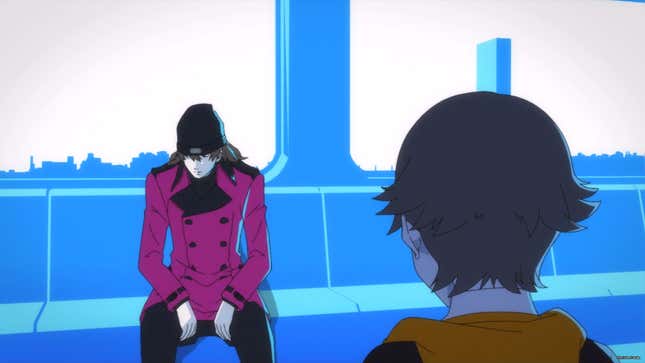
Shinji is so low on this list simply because he doesn’t get as much screen time as everyone else. He’s a catalyst that pushes everyone into the next phase of their own story, as his death in Persona 3’s second act sends SEES into a tailspin. The reconciliation and refocusing that follows leads to some of Persona 3’s best moments, but Shinji is most effective as a symbol for the group.
However, Persona 3 Reload’s new social link-esque “linked episodes” help fill in the gaps, and make Shinji an even more well-rounded character. He knows that his use of Persona-suppressing drugs is likely going to lead to his death, so he has a decision to make: What is he going to do with the time he has left, and what can he do to provide comfort to his friends when he’s gone? Shinji personifies Persona 3’s theme of making the most of your life as you barrel toward its inevitable end. The death he gets isn’t the one he envisioned, but he does good with what life he has left. If it hadn’t been for his sacrifice, who knows if SEES would have succeeded in their quest at all?
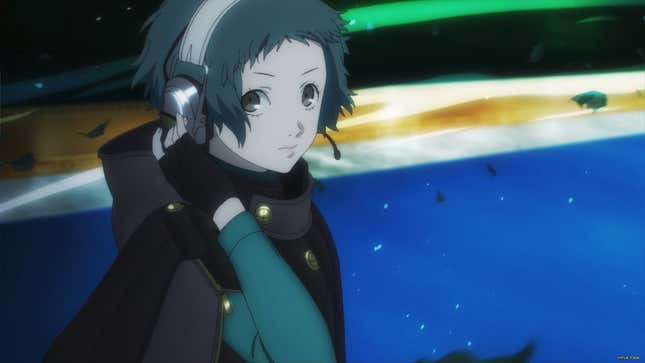
SEES’ navigator is a delight. She’s introvert who flies under the radar and mostly stays in her lane throughout the rest of Persona 3. But she also is one of the best examples of a character’s Persona embodying them. She might not be assertive enough to be on the frontlines, but her desire to protect and support those around her manifests in her taking on the navigation role for the group.
Fuuka’s story may not have the explosive moments of her peers, but she is the backbone of SEES. Her social link, which are side stories that progress over a ten-episode arc, has her reckoning with how she always puts down her contributions to the group, despite being pivotal to their success every time they enter Tartarus’ tower-like maze. Who among us can’t find struggling with imposter syndrome relatable?
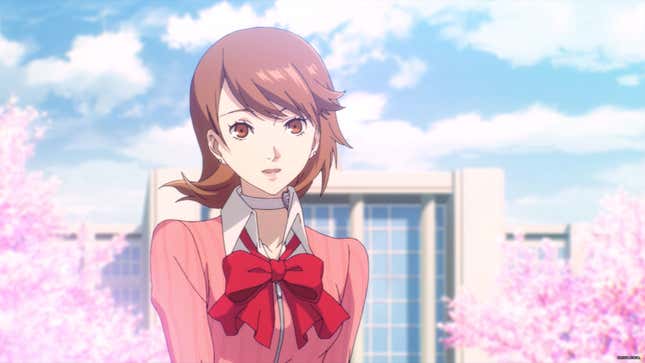
Yukari’s story is one of the more grounded ones of Persona 3’s cast. For her, joining SEES carries with it a lot of mixed emotions. She bears a quiet resentment for everyone around her as she distrusts the entire operation and the role it may have had in her father’s death. As she pursues the truth, she has to sort through why she was even “chosen” to wield a Persona, what role she actually serves within SEES’ group, and what she’s even going to do with the truth when she wields it. On top of this, she doesn’t really have a strong tie to her home life, as her relationship with her mother is strained until you go through her social link.
Yukari spends a lot of Persona 3 alone without anyone she feels close to. But then, as she learns more and grows closer to those around her, she opens up to the rest of SEES. Her friendship with Mitsuru is especially wonderful to watch unfold, as those two seem diametrically opposed for much of Persona 3.
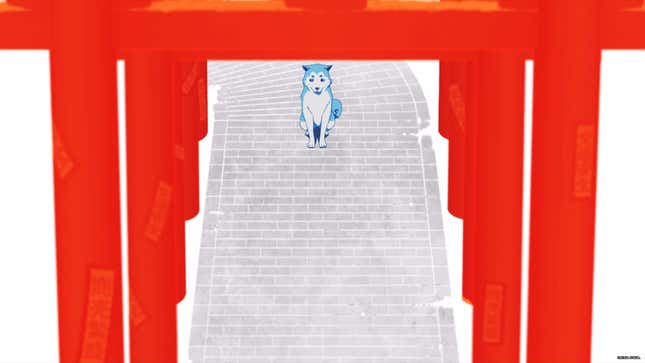
Persona 3 Reload’s linked episodes actually do a lot of heavy lifting to make Koromaru, a Persona-wielding dog, more of a character than he’s ever been, even if he can’t speak like the rest of the crew. Every time you sit on your dorm’s stoop with Koromaru, a passerby has a story to tell you about how they’ve seen Koromaru walking around the city before and after the passing of his owner. He’s known as a protector of the people, a gentle paw to hold, and is well-renowned for his ability to find rare items and bring them back to you.
Each story you learn about Koromaru underlines a sense of community in Persona 3’s world that all leads back to this dog who carries a duty-bound loyalty. It’s a good thing that of all the animals who could have gained the ability to use a Persona, we got one with this much willpower and desire to protect others.
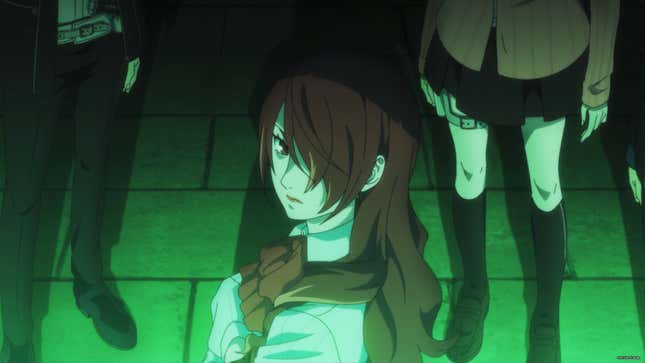
When you first meet the heir to the Kirijo Group, she is prim and proper and commands the room with tacit intimidation. She’s a lot more level-headed than you’d expect a rich young woman leading a special task force to be, but as Persona 3 unfolds, her facade starts to crack.
Persona 3 puts all its teenage shadow hunters through the ringer, and Mitsuru is no exception. Her need to keep up appearances even as the floor is falling out from under her is what keeps her at a distance from the group for large swaths of the story. But as the illusion shatters, you realize she isn’t larger than life. She’s just another person trying to do right by those she cares about. It’s a shame Persona 3 Reload didn’t do more to update the women’s social links like it did with the men’s. Mitsuru’s side story reinforces all of the above, but it still doesn’t get quite as deep as the new storylines do. But even so, the gradual warming of SEES’ ice queen is a compelling tale to watch unfold.
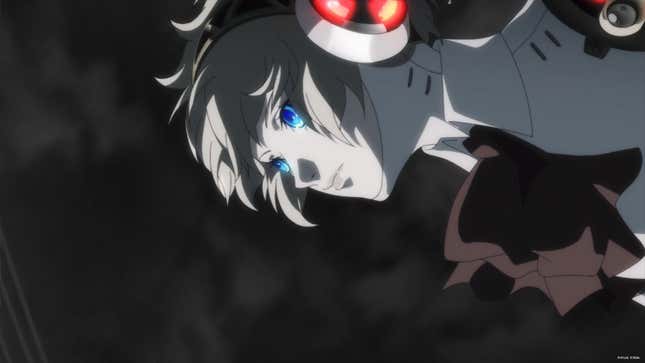
Aigis is the heart of Persona 3. She is introduced as a shadow-fighting android who is strangely obsessed with protecting the main character, but. as she grows to care for the other members of SEES, she can no longer adhere to her coding—to fight shadows above all else.
Once she breaks free of her directive, Aigis has to figure out what being alive means to her. She attempts to integrate into society by pretending to be a high school student alongside her teammates, but ultimately realizes that caring for others is what gives her life meaning. In Persona 3’s final moments, she tells the main character that she’s realized there doesn’t have to be a grand meaning to your life. Protecting someone, holding them close, and staying by their side can be enough to give life purpose.
Similar to Shinji, Aigis becomes a symbol by the end of Persona 3, though she doesn’t have to die to prove it. She hasn’t been molded by society in the same way most people are, and when she pulls back all the expectations and preconceived notions about what should be important to her, she’s able to figure out what actually matters and how she wants to spend her life. And if purpose to you feels like protecting one person, then that’s enough to give life meaning.
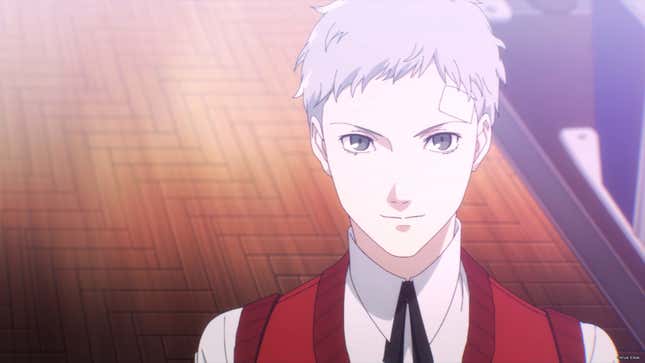
Each of SEES’ members is grieving someone. For Akihiko, it’s his younger sister Miki, who died in an orphanage fire years before the events of Persona 3. For some, the death of a loved one might push them to revenge-driven fury or fatalist cynicism, but instead Akihiko becomes obsessed with protecting those he cares about. He takes up boxing to become stronger, treats everyone else in SEES like he’s their protective older brother, and is always quietly working behind the scenes to give the group their best chance at success.
But still, it’s not enough. Shinji’s death makes him realize how shortsighted he’s been. Power is not enough to save anyone if you’re so distracted by growing stronger that you miss what’s right in front of you. Akihiko feels like he’s failed on more than a few fronts by this point, but has to learn that if you can’t save everyone, you can still save those who are there by your side, and it’s not on any one person to shoulder that weight alone.
Guilt is as much a motivator as hate, but it’s also a poison that you have to excise to go on living. Akihiko is a testament to how learning from your mistakes is an ongoing battle harder than any you’ll face in a boxing ring. But directing all that pent-up self-loathing into a productive place is how you move past it. In the end, Akihiko is able to move forward through the lessons he’s learned, no longer dragged down by the weight of the shame he once carried.
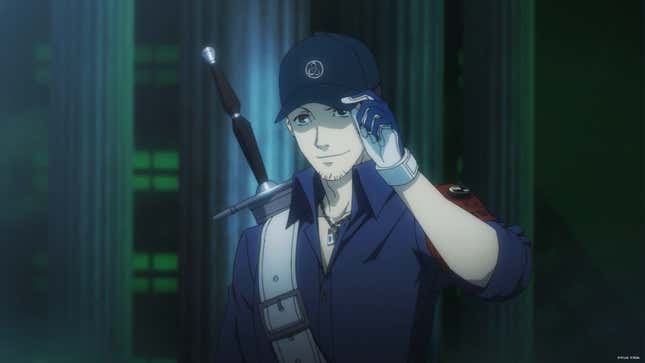
At first, Junpei comes off like a class clown and also kind of a dick. He joins SEES because he wants to be a hero and grows to resent protagonist Makoto when he gets assigned the role of the squad’s leader for operations. The ex-baseball star spends the early segments of Persona 3 recklessly trying to prove himself just as capable a fighter and tactician, only to put everyone in harm’s way.
After he’s been properly humbled, Junpei feels listless for a while until he meets Chidori, a quiet Persona user who is the navigator for the antagonistic team Strega. While he thinks they’re having a great time, she is unraveling at the seams. Chidori and Junpei are on two parallel journeys of realizing how precious life can be. For Junpei, this is the first time he’s ever considered the gravity of his situation. Up to this point, fighting shadows was a way to stroke his ego. He hadn’t considered how dangerous and life-threatening it was. Having Chidori gives him a new appreciation for how valuable life is and that there is something worth fighting for beyond being admired. Chidori, meanwhile, had given into a nihilistic detachment before meeting Junpei. She didn’t fear death because she didn’t value life. Now, Junpei has come in and given her something to fear losing.
Junpei starts off as comic relief (to varying degrees of success), but as his story unfolds, it becomes one of the most profound explorations of Persona 3’s themes. Attachment to others can be just as much of a maddening burden as it can be a reason to keep going. Junpei is the type of person who could easily fall into resentful nihilism when things don’t go his way, yet he doesn’t. He can’t be the hero to everyone, but he can be one for the person he loves most. Despite what Chidori feels in the moment, Junpei proves that caring for someone isn’t a reason to fear loss, it’s what makes living through any of this worth it.
Yes, “Stupei Ace Defective” comes out on top of our ranking. But everyone has their favorite Persona party members, so who is yours? Let us know below, and for more on Persona 3 Reload, check out Kotaku’s review, as well as some tips for diving into the remake.
Buy Persona 3 Reload: Amazon | Best Buy | Target
.
